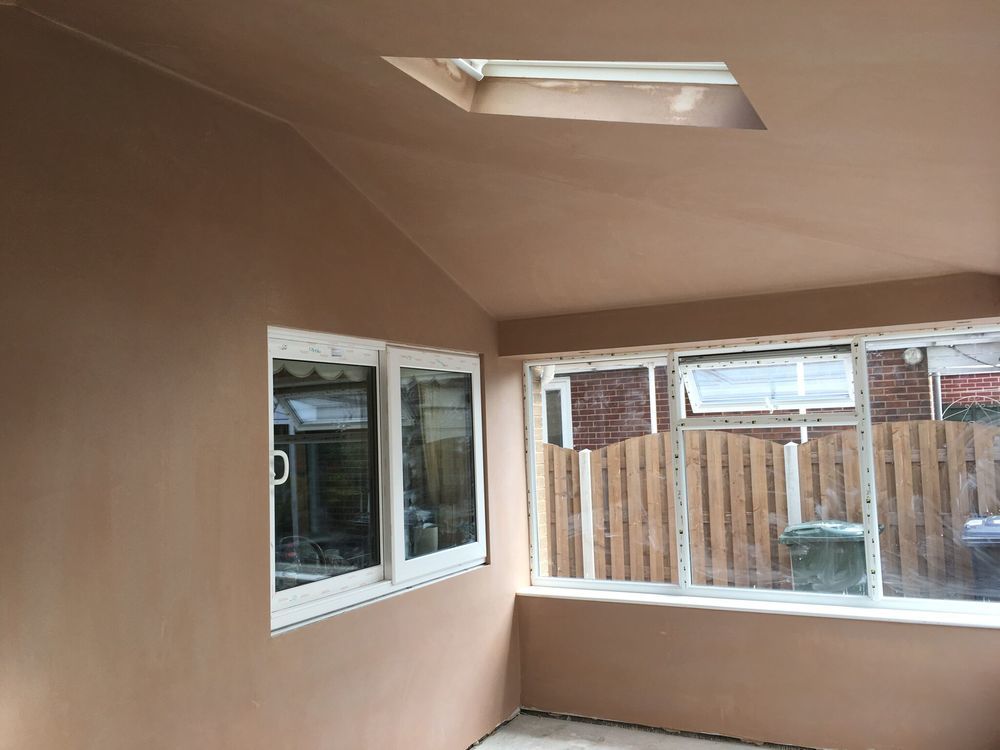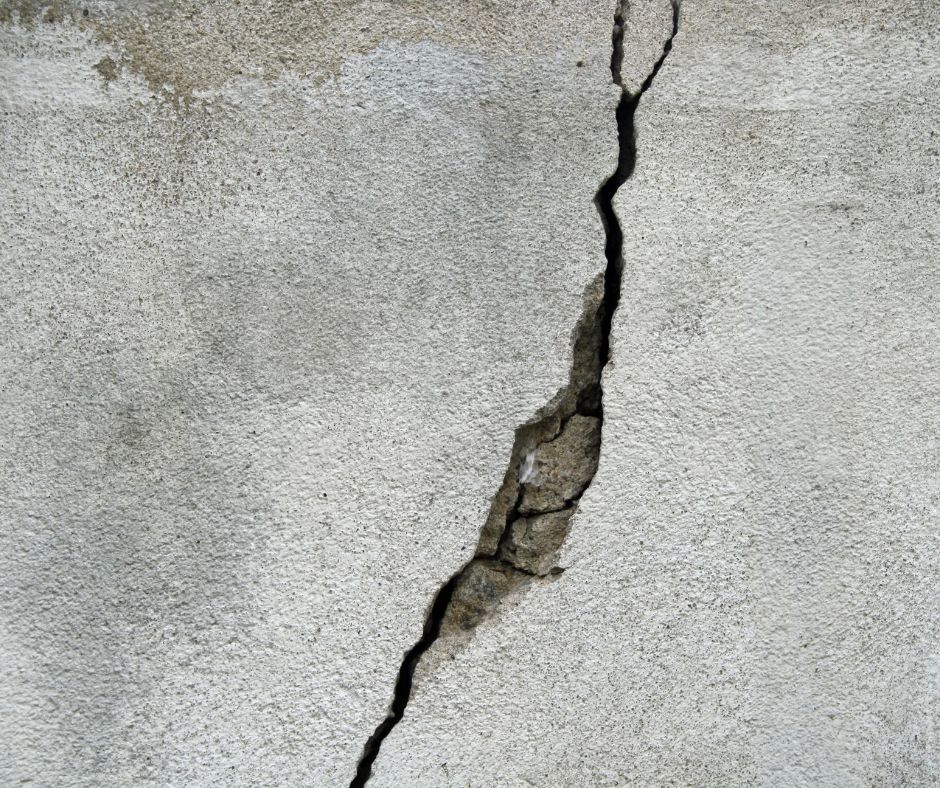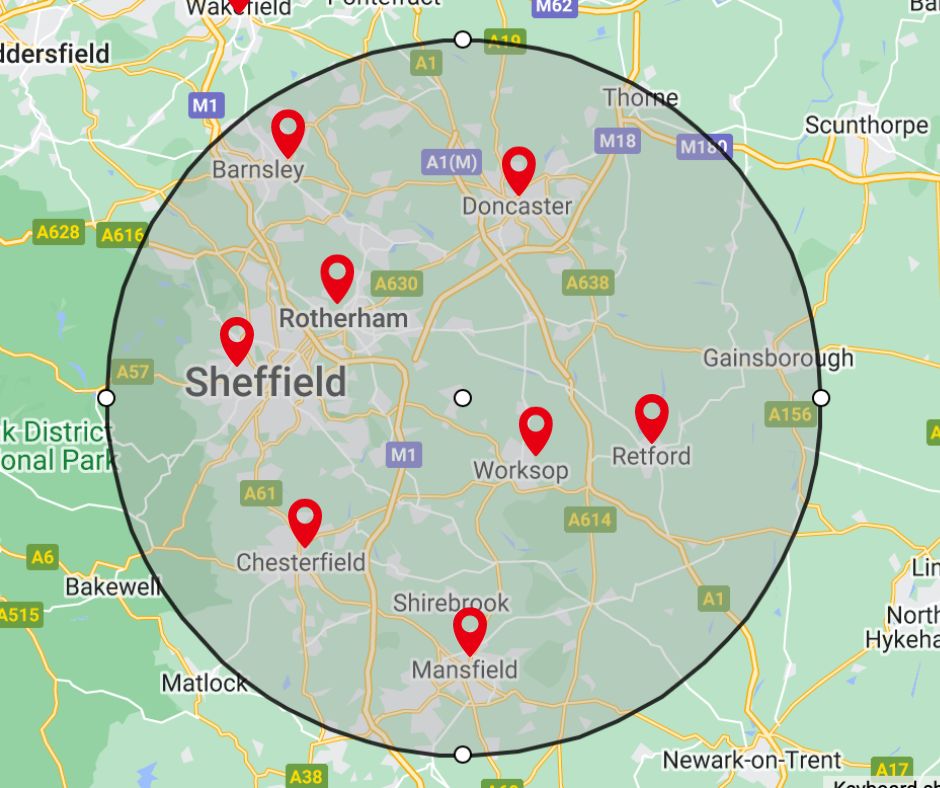Cracks in walls can be worrying when they suddenly appear in your home. While some cracks are harmless and part of natural settling, others may signal more serious problems that shouldn’t be ignored.
In this guide, we’ll break down the common causes of cracks in walls, how serious each type can be, and what steps you can take to fix them properly.
Knowing when to act and when to call a professional can save you time, stress, and major repair bills later on.
Table of Contents
Cracks in Walls from Natural Settling and Shrinkage
New homes or recently extended properties often experience natural settling.
As materials like plaster, wood, and concrete dry and adjust, minor hairline cracks can appear.
Typical features:
- Very fine, almost spiderweb-like cracks
- Common around doorways, windows, and ceilings
- Usually appear within the first 2 years of construction
Action Needed:
- Minor cosmetic repairs (fillers or skim coats) are usually enough.
- If cracks widen over time, professional replastering may be needed.
Moisture and Damp Problems
Moisture is one of the biggest enemies of solid, stable walls. When water seeps into the structure through leaking roofs, blocked gutters, or poor external rendering, it can weaken the plaster, leading to cracks.
Warning signs:
- Cracks combined with dark staining or damp patches
- Musty smells or visible mould nearby
Action Needed:
- Fix the underlying moisture problem first
- Then professionally replaster affected areas to restore strength and insulation
Cracks in Walls Caused by Structural Movement
Over time, soil shifts, weather patterns change, and properties expand and contract.
These forces can cause structural movement, leading to larger and deeper wall cracks.
Typical symptoms:
- Diagonal cracks (often 45-degree angles)
- Cracks wider than 3mm
- Doors or windows becoming difficult to close
Action Needed:
- Structural inspection may be needed (especially if wide cracks grow quickly)
- Replastering after addressing structural support issues
Poor Plastering Workmanship
Sadly, not all plastering work is done to a professional standard. If the original plaster application was rushed, used weak materials, or lacked proper curing time, cracks can form earlier than expected.
How to spot it:
- Cracks appearing in patches rather than spreading naturally
- Crumbling edges or soft spots around cracks
Action Needed:
- Affected walls often need full professional replastering, not just patch repairs.
Temperature and Humidity Changes
Homes exposed to large temperature swings like unheated rooms or conservatories often suffer plaster cracking due to expansion and contraction.
Fluctuations in indoor temperature and humidity can lead to condensation, which may cause cracks in walls over time. The NHBC provides guidance on understanding and managing condensation to maintain the integrity of your home’s interior.
High-risk areas:
- Loft conversions
- Exterior walls without good insulation
- Rooms with poor ventilation
Action Needed:
- Install better insulation where needed
- Replaster after the insulation has been installed.

FAQ About Cracks in Walls
When Are Cracks in Walls a Serious Problem?
Not all cracks in walls are a serious problem. Hairline cracks due to drying are common and usually cosmetic. Wider cracks, growing cracks, or those linked with dampness may be serious and need professional assessment.
When should I worry about a crack?
You should take action if:
- Cracks are wider than a £1 coin edge (3mm+)
- Cracks are diagonal and long
- Cracks are accompanied by bulging walls or sticking doors
Can I just fill cracks myself?
For very small, non-moving cracks, yes using flexible filler.
But if cracks reappear, or if there are signs of moisture, it’s safer to call in a professional plasterer.
How to Prevent Wall Cracks
- Keep your home well-ventilated to control moisture
- Repair roof leaks and faulty gutters promptly
- Insulate external walls properly
- Monitor cracks over time to catch worsening issues early
Regular home maintenance helps protect your walls for years to come.
If you want to learn more about our Plastering Services or need some professional advice? Contact us today
Conclusion
Cracks in walls are not always a cause for panic but they should never be ignored.
Understanding the cause of cracking is key to deciding the right repair solution.
Whether it’s minor settlement or serious structural movement, early intervention prevents costly repairs later.
At P3 Plastering, we help homeowners across Sheffield and nearby areas assess, repair, and protect their walls with expert craftsmanship and honest advice.
Not sure what your wall cracks mean?
📞 Contact P3 Plastering for a free, no-obligation inspection today!





